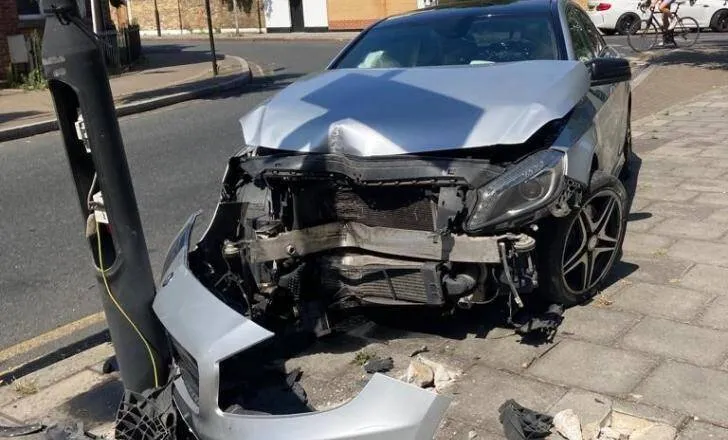A slow improvement is being seen on Europe’s roads in terms of safety. In 2017, 25,250 people were killed in road crashes in the
Of the 32 countries monitored by the PIN Programme, 22 reduced road deaths in 2017 . The best results were achieved by Estonia with a 32% decrease, Luxembourg with 22%, Norway with 21% and Slovenia with 20%. But road deaths increased in eight countries, while progress stagnated in Slovakia and Lithuania.
There has been progress over a longer period but it is not enough to meet the 2020 target. Since 2010, EU countries achieved an overall reduction in road deaths of 20%, which equals a 3.1% annual average reduction. But a 6.7% year-to-year reduction was needed over the 2010-2020 period to reach the 2020 target through constant progress in annual percentage terms. This reduction has not been achieved, so the EU must now reduce the number of road deaths by 14.5% each year between 2018 and 2020 to be on track for the target. Time is running out and the target of halving road deaths in the EU is now highly unlikely to be met.
Strong political will and urgent measures are still needed in all EU Member States to narrow the gap between the desired and the actual EU progress. Increased traffic law enforcement and treatment of high risk sites are among the measures that can have an immediate positive road safety effect.
EU road safety – slight gains
A slow improvement is being seen on Europe’s roads in terms of safety. In 2017, 25,250 people were killed in road crashes in the EU. This represents a 2% reduction from the road death rate for the EU in 2016. However there is concern that progress with road safety is too slow as the road death rate for the EU has fallen by only 3% in the last four years. Of the 32 countries monitored by the PIN Programme, 22 reduced road deaths in 2017 . The best results were achieved by Estonia with a 32% decrease
September 21, 2018
Read time: 2 mins







